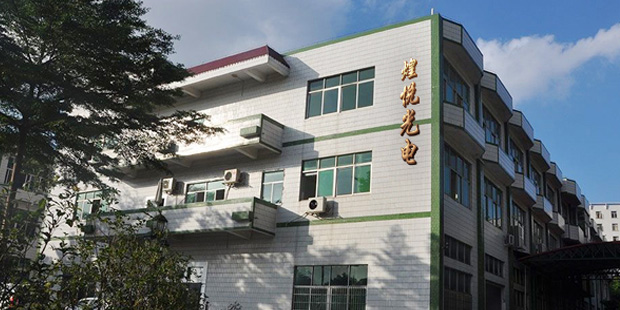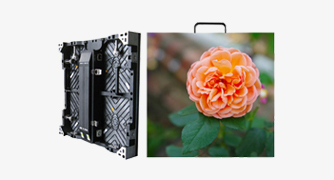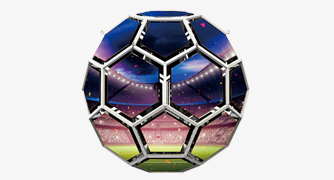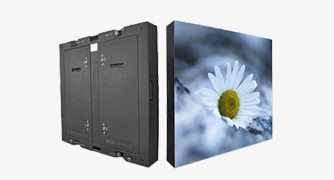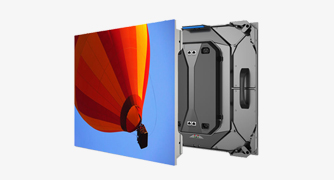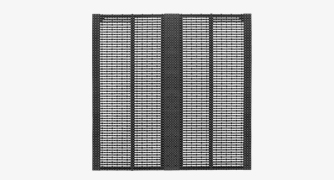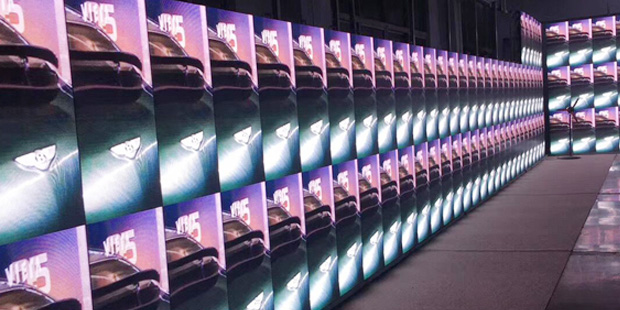Famestar Optoelectronics teaches you how to choose a suitable small-pitch LED di
2019-11-06
1503
Nowadays, in the field of LED display, small-pitch LED display has become a well-deserved big hit, and the application market is rapidly emerging. For many industry users, although the manufacturer's marketing bombing is not unfamiliar to small spacing, but when it comes to how to choose the right product, it is still very bleak. Let Xiaobian take you to understand the three key points that should be paid attention to during the purchase:
First, regarding the choice of point spacing, pay attention to balance effect and technology
Compared to traditional LED displays, the small-pitch LED display features a smaller dot pitch. In practical applications, the smaller the dot pitch is, the higher the pixel density is, and the more information capacity that can be displayed per unit area at a time, the closer the distance suitable for viewing, and vice versa, the farther the distance is suitable for viewing. In view of the fiery concept of small-pitch LED display screens, many industry users naturally think that the smaller the dot pitch of the purchased products, the better. However, this is not the case.
In order to achieve the best visual effect, the LED display has the best viewing distance, and the small-pitch LED display is naturally no exception. If the industry user wants to make simple calculations, there is an established formula, that is, the best visual distance = point spacing / 0.3 ~ 0.8. It should be known that the smaller the dot pitch is, the higher the cost of the small-pitch LED display screen is. Therefore, in actual purchase, the user should comprehensively consider its own cost, demand, application range and other factors.
Second, the small-pitch LED display indoor application, "low-light high gray" is the premise
In order to ensure the comfort of viewing, the first thing users should pay attention to when purchasing small-pitch LED display products is the brightness problem. Related research shows that from the perspective of human eye sensitivity, the brightness of LED (active light source) is twice that of passive light source (projector and liquid crystal display), and to ensure the comfort of human eyes, small-pitch LED display The brightness of the screen can only be between 100 cd/m2 and 300 cd/m2. However, in the traditional LED display technology, reducing the brightness of the screen will cause loss of gray scale, and the loss of gray scale will directly affect the picture quality. Therefore, an important criterion for the high-quality small-pitch LED display screen is to achieve "Low light high gray" technical indicators.
In the actual purchase, the user can follow the principle that “the more the brightness level can be recognized by the human eye, the better.” The so-called brightness level refers to the brightness level of the image that can be distinguished by the human eye from the darkest to the whitest. The higher the brightness level, the greater the color space of the display, and the greater the potential for displaying rich colors.
Third, the resolution selection, should pay attention to the match with the back-end signal transmission equipment
For small-pitch LED display screens, the smaller the dot pitch, the higher the resolution, and the higher the resolution, the higher the resolution of the image, which is the marketing focus of the manufacturer on the small-pitch LED display. However, in practice, industry users want to build the best small-pitch LED display system. While paying attention to the resolution of the screen itself, it should also consider its combination with the back-end signal transmission products.
In summary, when purchasing a small-pitch LED display, users must choose according to their needs, and avoid blindly catching up with the trend. The above is the purchase knowledge brought by small-pitch optoelectronics, and Maidui Chuangcai Xiaobian hopes to help everyone~
-

WhatsApp
-


-

Tel

